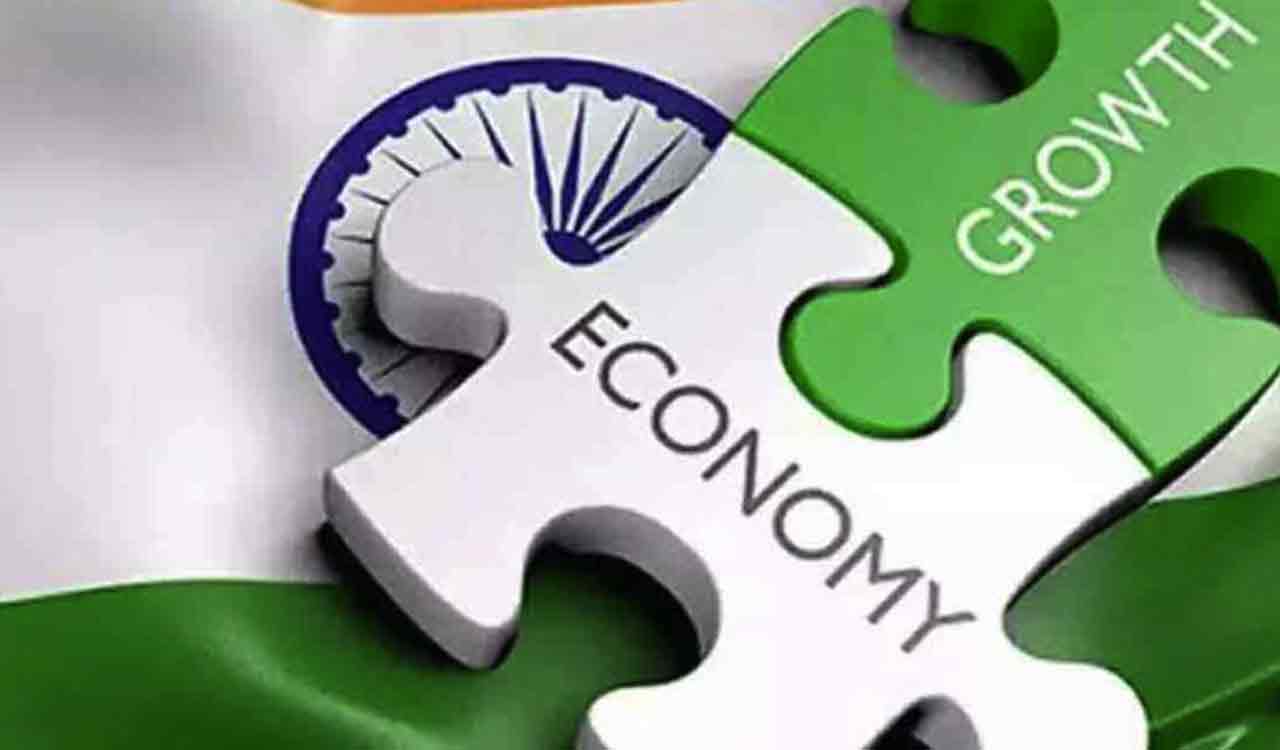Growth optimism must be tempered with harsh ground realities —resurging inflation and unemployment
Published Date – 11:15 PM, Thu – 26 October 23

India remains one of the bright spots in an otherwise gloomy global economic landscape bogged down by geopolitical tensions in the wake of the ongoing war in Ukraine and the latest crisis in the Middle East. The International Monetary Fund (IMF) has raised India’s GDP forecast to 6.3% for 2023-24, from its earlier prediction of 6.1%. The Reserve Bank of India’s forecast stands at 6.5%. While it is largely believed that the country’s economy could grow at a faster pace than expected, such optimism must be tempered with the harsh ground realities in the form of resurging inflation and growing unemployment. To ensure continued robust and sustainable growth, a strategic approach encompassing fiscal, monetary, trade, industrial and institutional policies is crucial. This comprehensive strategy can further unlock India’s immense economic potential and support its journey towards prosperity. Policymakers must be guarded against possible headwinds that could slow down the pace. Widening current account deficit, soaring inflation and heightened geopolitical tensions could be the major headwinds in the immediate future. On the productivity front, India is not making the desired progress to make its growth sustainable over time. Apart from the inherent resilience of the country’s economy, the present healthy growth rate is attributed to increased consumption, infrastructure spending and more businesses being set up in the country. There is a need to accord top priority to the development of key sectors that have high potential for growth, employment, and innovation such as manufacturing, services, agriculture, and renewable energy.
A positive takeaway has been the continuous thrust on capital expenditure. During the first five months of the current year, the capital expenditure of the States as a percentage of the budgeted target stood at 25%, while the Centre’s was at 37%. Nearly all States are on a spending spree. This augurs well for sustainable growth. Certain initiatives of the government have helped in extending financial access to previously underserved segments. There is a strong case for India to increase its integration with the global economy by reducing trade barriers, diversifying its export basket and enhancing its competitiveness. Simultaneously, regional and bilateral trade agreements could be pursued to create new markets and opportunities for its products and services. Steps must be taken to ensure adequate liquidity and credit availability for productive sectors, especially for small and medium enterprises. Financial markets and institutions must be strengthened to facilitate savings and investments. Appropriate strategies should be in place to tackle the adverse impact of extreme weather events on economic growth, particularly in the agriculture and rural development sectors. The ongoing geopolitical tensions, which cause a spike in oil prices, could also negatively impact the economy. India imports more than 80% of its oil requirement. Higher crude oil prices will adversely affect India’s trade and fiscal deficit, inflation and growth.





